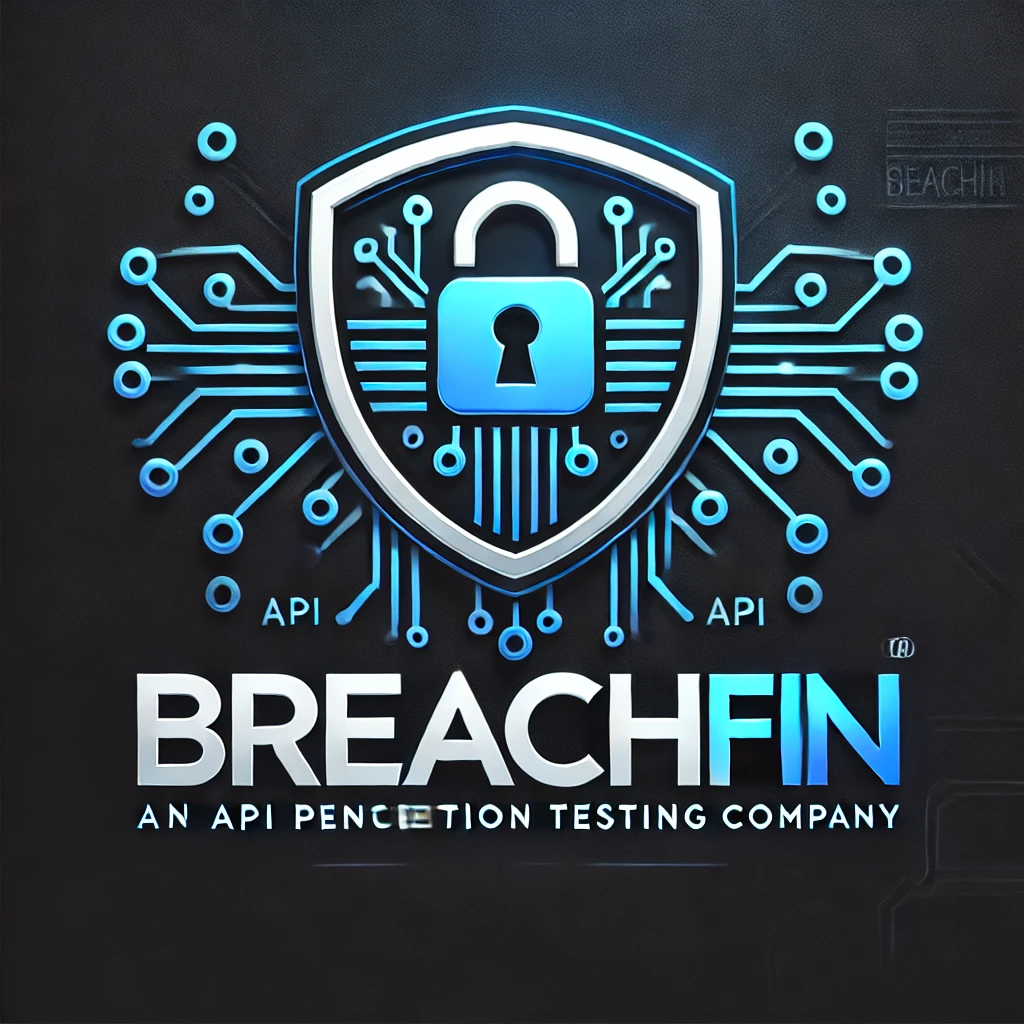As artificial intelligence continues to revolutionize industries, Microsoft Azure Copilot provides developers with a robust platform for building intelligent AI agents. Azure Copilot, powered by OpenAI’s advanced language models, offers the tools needed to create AI solutions that understand and interact effectively with users. In this blog, we explore the steps to build an AI agent using Azure Copilot, including practical examples to illustrate its capabilities.
Why Choose Azure Copilot for AI Development?
Azure Copilot is designed to be:
- Versatile: Supports a wide range of applications, from chatbots to complex automation tools.
- Integrated: Seamlessly connects with Azure services for storage, monitoring, and deployment.
- Scalable: Built to handle both small-scale projects and enterprise-grade applications.
- Secure: Operates within Azure’s secure infrastructure, ensuring data protection and compliance.
Steps to Build an AI Agent Using Azure Copilot
Step 1: Define the AI Agent’s Objective
Before starting development, clarify the purpose and scope of the AI agent. For instance:
- Customer Support: Automate responses to FAQs.
- Productivity: Summarize documents or schedule tasks.
- Education: Deliver personalized learning experiences.
Step 2: Set Up Azure OpenAI Service
- Create an Azure Account: Sign up for an Azure subscription if you don’t already have one.
- Enable Azure OpenAI Service: Request access to Azure OpenAI Service through the Azure portal.
- Deploy a Model: Select and deploy a model, such as GPT-4, from the Azure OpenAI resources.
- Generate API Keys: Securely generate and store your API keys for accessing the service.
Step 3: Design the Interaction Flow
- Map User Needs: Identify typical user queries and required responses.
- Craft Prompts: Use prompt engineering to design precise instructions for the AI model.
- Iterate: Test different prompts to refine the agent’s output quality.
Step 4: Develop the AI Agent
- Set Up Your Development Environment: Use languages like Python or JavaScript to interact with the Azure OpenAI API.
- Build the Backend:
- Use Azure Functions or App Services to host the application.
- Create RESTful APIs to manage user requests and responses.
- Implement Azure Copilot:
- Send user inputs to the model using the Azure OpenAI API.
- Process the responses for display in the application.
Step 5: Integrate with Azure Ecosystem
- Azure Blob Storage: Store and retrieve large datasets.
- Azure Cognitive Search: Enhance the AI agent with advanced search capabilities.
- Azure Monitor: Track the performance and usage of your AI agent.
Step 6: Test and Optimize
- Simulate Scenarios: Test the agent with real-world queries.
- Optimize Prompts: Fine-tune the prompts for improved response accuracy.
- Analyze Logs: Use Azure Monitor to identify performance bottlenecks and areas for improvement.
Step 7: Deploy the AI Agent
- Choose a Deployment Platform: Deploy the agent on web applications, mobile platforms, or chat interfaces like Microsoft Teams.
- Monitor Performance: Continuously track metrics and adjust configurations as needed.
- Scale Up: Use Azure’s scalability to handle increasing user demands.
Example: Building a Virtual Tutor
- Objective: Create a virtual tutor that answers student queries and explains concepts.
- Setup: Deploy GPT-4 through Azure OpenAI Service.
- Flow Design:
- Students input questions.
- Azure Copilot processes the query and generates an explanation.
- The response is displayed in a web app.
- Integration:
- Use Azure Blob Storage for storing educational content.
- Enhance query understanding with Azure Cognitive Search.
- Deployment: Publish the tutor as a web application hosted on Azure App Services.
Best Practices
- Leverage Pre-Built Models: Use GPT models available on Azure to save time.
- Focus on Context Management: Maintain conversational continuity for a better user experience.
- Monitor Usage: Regularly review analytics from Azure Monitor to optimize performance.
- Ensure Security: Follow Azure’s best practices for securing API keys and data.
- Update Regularly: Incorporate updates to improve functionality and address user feedback.
Conclusion
Building an AI agent with Azure Copilot is a streamlined process, thanks to its integration with the Azure ecosystem and the power of OpenAI models. By following the steps outlined in this guide, developers can create AI agents that are efficient, scalable, and secure. Whether for business automation, customer service, or education, Azure Copilot provides the tools needed to bring your AI vision to life.
Ready to build with Azure Copilot? Visit Azure OpenAI Service to get started today!


Leave a Reply